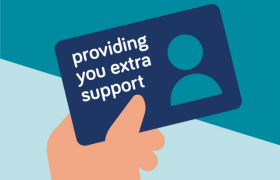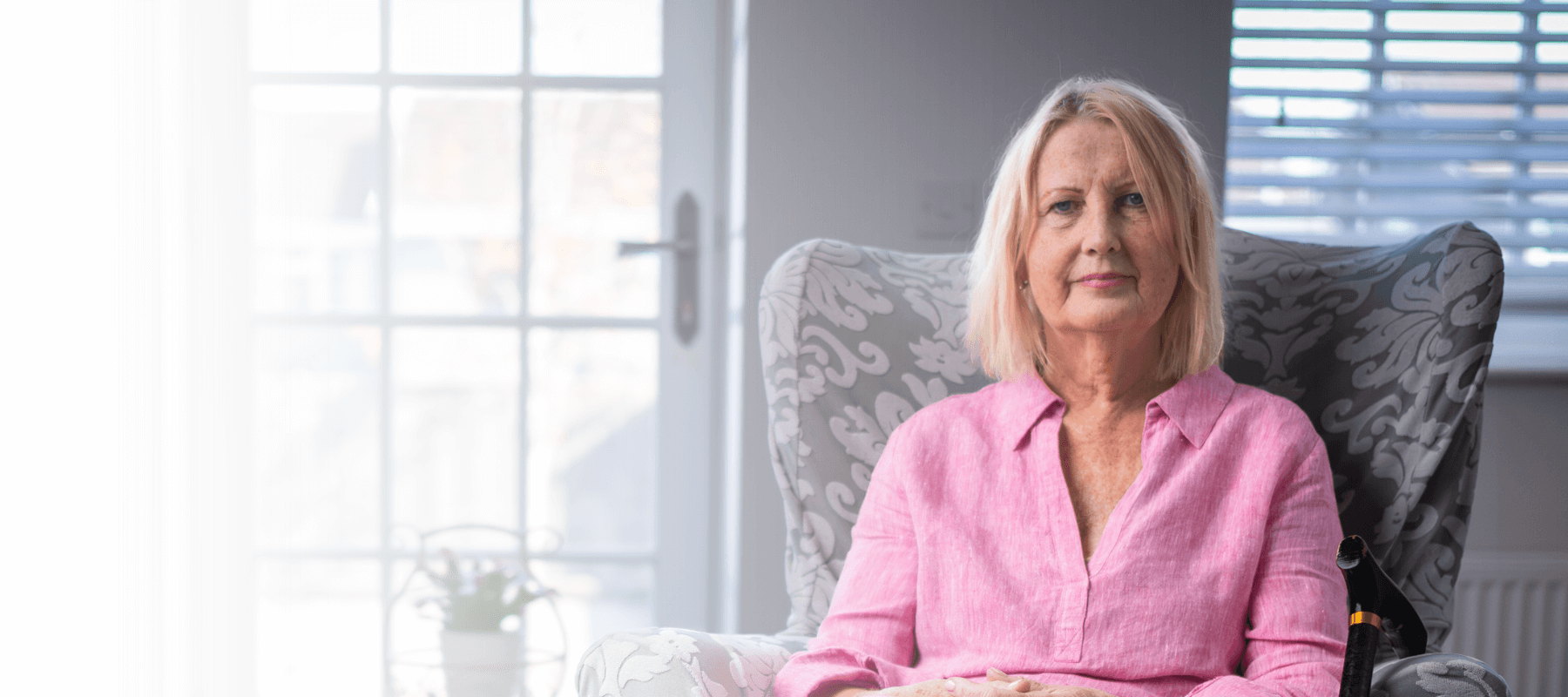
Other ways to help relieve pain
In addition to pain relieving medication, exercise and self-help strategies, there are other therapies and treatments you may find help to reduce your pain and spasms.
TENS machine
A TENS machine works in a similar way to rubbing an area after you’ve hurt it.
It’s usually small enough to clip onto your waistband, with adhesive patches to place around the painful area.
The machine sends tiny electrical signals along the nerves. This helps stop some of the pain signals from reaching the brain. This also encourages your body to produce endorphins - the body’s natural pain relievers.
You may feel a tingling sensation, but the treatment isn't painful or unpleasant. You can adjust the depth and frequency to suit you.
TENS machines cost around £20 from a pharmacy. They are sometimes available for short-term hire from your doctor or physiotherapist.
Physiotherapy
A physiotherapist can recommend specific exercises to help you stay active after a spinal fracture. These are tailored to your abilities and needs and can specifically help pain management, which may include acupuncture, hydrotherapy and TENS machines.
Hydrotherapy
Hydrotherapy is exercise therapy in a warm-water pool. It can be particularly helpful at relieving pain and improving your range of movement.
You may be referred for a course of five or six half-hour sessions.
Hydrotherapy involves slow, controlled movements pushing against the water’s resistance. This can help you increase muscle strength and balance and improve mobility, while the warm water helps relax tight muscles and joints.
You don’t need to be able to swim to benefit from hydrotherapy. The sessions are supervised by a physiotherapist or specially trained staff who are always in the pool with you.
Complementary therapies
Some people use complimentary therapies to manage their pain.
For most complimentary therapies, there is no clinical research to prove how effective they are at managing pain. But you might still consider trying them as part of your pain management plan
Complementary therapies include:
- acupuncture
- osteopathy
- chiropractic therapy
- the Alexander Technique
- aromatherapy
- reflexology
- herbal medicine
- homeopathy
Always make sure you let your therapist know that you have osteoporosis.
Courses for self-management of long-term conditions
Most of the time, you probably manage the effects of osteoporosis by yourself.
A self-management course can help you manage the pain, symptoms, fatigue and emotional changes linked to living with a long-term health condition.
They can also help you communicate better with your doctor, make decisions about your health, set personal goals and increase your self-confidence and self-esteem.
Ask your doctor if there is a self-management course in your area.
Pain management clinics
If you haven’t yet found a solution that manages your pain adequately, your doctor may be able to refer you to a pain management clinic.
Pain clinics offer a range of treatments that relieve long-term pain. This may include different medications, pain-relieving injections, hypnotherapy, acupuncture and psychological strategies.
Some hospitals also run a pain management programme, which is a series of sessions that show a small group of people how to manage pain and enjoy a better quality of life.
There is sometimes a waiting list for these clinics and programmes. Your doctor can advise you if there’s one available in your area.
Useful download:
Get support from a Specialist Nurse
Contact our free Helpline for tailored information about osteoporosis and bone health:
 Search
Search
 Login
Login


